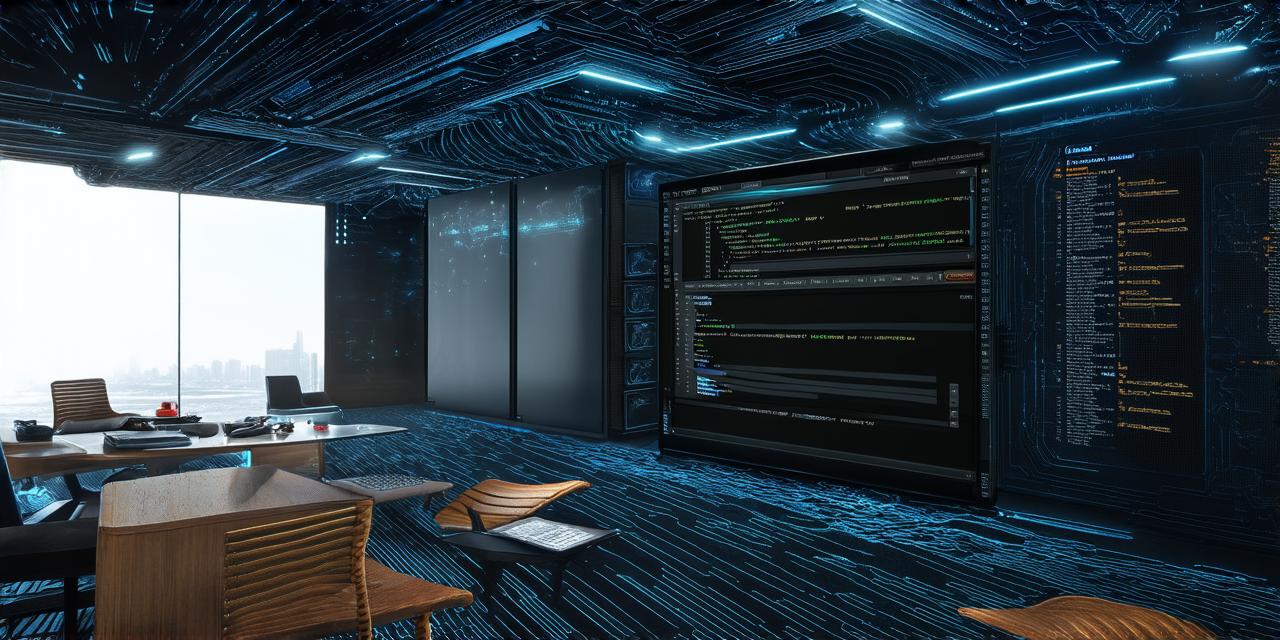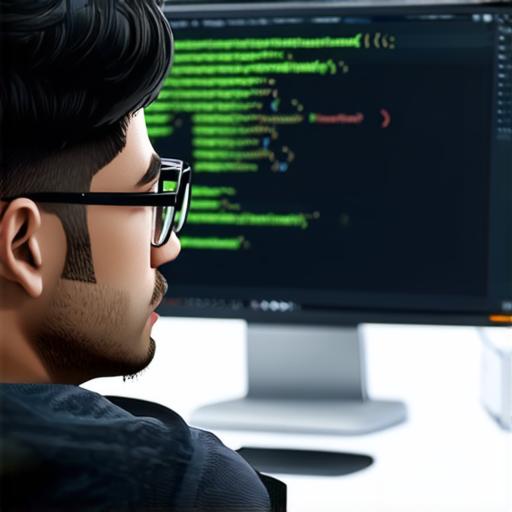
Are you an aspiring game developer looking to create a massive multiplayer online role-playing game (MMORPG)? Look no further than Unity 3D, the powerful and versatile game engine that allows you to bring your creative vision to life. In this article, we will explore the steps involved in creating a MMORPG using Unity 3D, from designing the world to building the characters and crafting the gameplay mechanics. We will also discuss how to optimize your game for performance and engage players with compelling content.
Designing the World:
The first step in creating an MMORPG is to design the world. This involves deciding on the setting, layout, and features of the game. Unity 3D offers a range of tools to help you create your game world, including terrain painting, building placement, and object creation. It’s important to keep in mind that the world should be large enough to accommodate a variety of environments and activities, while also being easy for players to navigate. You may want to use software like Photoshop or 3D modeling programs to create detailed maps and concept art before starting the actual development process.
Building the Characters:
Once you have designed the world, it’s time to start building the characters. Unity 3D has a built-in character creation system that allows you to create custom avatars with different appearances, animations, and abilities. You can also import pre-made characters from other software or use third-party assets to save time and resources. It’s important to make sure that the characters are balanced and have unique characteristics that set them apart from one another. You may want to test different character designs and animations to see which ones work best in your game world.

Crafting the Gameplay Mechanics:
The gameplay mechanics of an MMORPG are what really bring the game to life. This includes designing quests, creating combat systems, and implementing economic systems. Unity 3D offers a range of tools to help you create these mechanics, including scripting, AI, and physics engines. It’s important to keep in mind that the gameplay should be fun and engaging for players, while also being challenging enough to keep them interested. You may want to playtest your game regularly to ensure that the mechanics are balanced and enjoyable for players.
Optimizing Performance:
As an MMORPG can be a resource-intensive game, it’s important to optimize the performance of your game to ensure smooth gameplay for all players. This includes optimizing graphics, reducing load times, and minimizing lag. Unity 3D offers a range of tools to help you do this, including profiling, debugging, and optimization techniques. It’s also important to test your game on different hardware configurations to ensure that it runs smoothly for all players. You may want to consider using cloud hosting services like AWS or Google Cloud to improve the performance of your game, especially if you expect a large number of players.
Engaging Players with Compelling Content:
Finally, the key to creating a successful MMORPG is to engage players with compelling content. This includes designing interesting quests, creating unique environments, and introducing new characters and storylines. Unity 3D offers a range of tools to help you do this, including scripting, AI, and animation systems. It’s important to keep in mind that the content should be fresh and exciting for players, while also being challenging enough to keep them engaged. You may want to consider using social media platforms like Twitter or Facebook to gather feedback from players and update your game regularly with new content.
Conclusion:
Creating an MMORPG using Unity 3D is a complex and rewarding process that requires creativity, technical skills, and a passion for game development. By following these steps and utilizing the tools offered by Unity 3D, you can create a game that is both fun and engaging for players. Remember to keep your target audience in mind, test your game thoroughly, and continuously iterate and improve upon your design to ensure success. So if you have a dream of creating an MMORPG, don’t wait any longer – start building today!
FAQ:
Q: What kind of hardware do I need to develop an MMORPG with Unity 3D?
A: You will need a computer with a high-end graphics card and sufficient RAM to run Unity 3D. It’s recommended to use a dedicated graphics card like Nvidia GTX or AMD Radeon, and at least 8GB of RAM. You may also need additional hardware depending on the complexity of your game and the number of players you expect.
Q: How long does it take to develop an MMORPG with Unity 3D?
A: The development time for an MMORPG can vary greatly depending on the scope and complexity of the game, as well as the experience of the developer. On average, it can take several months to a year or more to complete a full-featured MMORPG using Unity 3D.
Q: Can I use my own assets in an MMORPG created with Unity 3D?
A: Yes, you can use your own assets in an MMORPG created with Unity 3D. This includes textures, models, animations, and sound effects. You may need to import these assets into Unity 3D using the appropriate tools and plugins, depending on the format of the files.
Q: Do I need to pay for Unity 3D to develop an MMORPG?
A: Yes, you will need a license for Unity 3D to develop an MMORPG. Unity offers several different licensing options, including free, pro, and enterprise versions. The cost of the license depends on the features and capabilities you need for your game, as well as the number of users and devices that will be accessing it.

